Scientific Information/Data
Vitamins, minerals, amino acids, and other nutrients are necessary for the synthesis of neurotransmitters, healthy nerve transmission, healthy brain chemistry, and normal muscle contraction/relaxation. Components of Mood Food ES address each of these areas.*
Methylation is the addition of a methyl group (a carbon atom with three hydrogen atoms attached) to proteins, enzymes, chemicals, DNA, or amino acids like homocysteine. It is a vital aspect of nervous system health and is necessary for the synthesis of neurotransmitters. Mood Food ES provides key nutrients involved in the methylation pathway, such as selenomethionine; vitamin B6 as pyridoxal 5’-phosphate; vitamin B12 as the readily bioavailable form, methylcobalamin; and folate as bioactive Quatrefolic® (5-MTHF glucosamine salt) and calcium folinate.[1] Pyridoxine nutritional status selectively modulates central production of serotonin and GABA (gamma-aminobutyric acid)—neurotransmitters that are involved in physical pain perception and mental wellness.*[2]
Magnesium is provided as Albion® TRAACS® glycinate chelate, a specific form demonstrated to support intraneuronal magnesium sufficiency.[3] As a cofactor for over 325 enzymes in the body, magnesium has a multitude of actions, including a calming effect on the nervous system and regulation of muscle contraction. Laboratory, animal, and epidemiological research suggests a link between magnesium sufficiency and a healthy mood and calm demeanor.*[4,5]
Vitamin C participates in the enzyme activity of two copperdependent monooxygenases that are important in the synthesis of norepinephrine and serotonin. In addition, vitamin C regulates the activity of some neurons within the brain that affect neurotransmitter membrane receptor synthesis and neurotransmitter dynamics.*[6]
GABA (gamma-aminobutyric acid) is an important inhibitory neurotransmitter found in 30% to 40% of the brain synapses. It helps calm the brain by neutralizing the excitatory effects of glutamate. Research suggests that GABA supplementation or optimal GABA function in the brain positively affects neurological health, the body’s response to stress, mood, alpha and beta brain waves, and sleep.*[7-9]
5-HTP (5-hydroxytryptophan) is a precursor to serotonin. It is well-absorbed in the intestine and easily crosses the blood-brain barrier.[10] Serotonin regulates many normal brain activities; influences other neurotransmitters, such as norepinephrine and dopamine; and is important in regulating mood and behavior, including food cravings. Research suggests that adequate levels of 5-HTP instill a sense of calmness and relaxation.*[11]
L-Taurine is a conditionally essential, neuroprotective amino acid that helps maintain cell volume and stabilize cell membranes in the brain. In addition to its roles in antioxidant activity and inflammatory cytokine modulation, taurine is important in the transmission of nerve impulses and overall nerve function. Oral supplementation increases GABA.*[12]
L-Theanine (Suntheanine®) is a naturally occurring, biologically active, free-form amino acid that provides relaxation support. Mechanisms of action appear to relate to its effects on neurotransmitters, excitatory amino acids activity, and alpha brain wave activity.[13-15] Many practitioners utilize L-theanine to support overall relaxation without inducing drowsiness.*
References
1. Bottiglieri T, Laundy M, Crellin R, et al. Homocysteine and folate metabolism in depression. Prog Neuropsychopharmacol Biol Psychiatry. 2005
Sep;29(7):1103-12. [PMID: 10896698]
2. McCarty MF. High-dose pyridoxine as an ‘anti-stress’ strategy. Med Hypotheses. 2000 May;54(5):803-07. [PMID: 10859691]
3. Eby GA, Eby KL. Rapid recovery from major depression using magnesium treatment. Med Hypotheses. 2006;67(2):362-70. [PMID: 16542786]
4. Whittle N, Li L, Chen WQ, et al. Changes in brain protein expression are linked to magnesium restriction-induced depression-like behavior. Amino Acids. 2011 Apr;40(4):1231-48. [PMID: 21312047]
5. Sartori SB, Whittle N, Hetzenauer A, et al. Magnesium deficiency induces anxiety and HPA axis dysregulation: modulation by therapeutic drug treatment. Neuropharmacology. 2012 Jan;62(1):304-12. [PMID: 21835188]
6. Jacob, RA. Vitamin C. In: Shils M, Olson JA, Shike M, Ross AC, eds. Modern Nutrition in Health and Disease. 9th ed. Baltimore, MD: Lippincott Williams & Wilkins; 1999:467-482.
7. Fatemi SH, Folsom TD, Thuras PD. Deficits in GABA(B) receptor system in schizophrenia and mood disorders: a postmortem study. Schizophr Res. 2011 May;128(1-3):37-43. [PMID: 21303731]
8. Mombereau C. Genetic and pharmacological evidence of a role for GABA(B) receptors in the modulation of anxiety- and antidepressant-like behavior. Neuropsychopharmacology. 2004 Jun;29(6):1050-62. [PMID: 15039762]
9. Shell W, Bullias D, Charuvastra E, et al. A randomized, placebo-controlled trial of an amino acid preparation on timing and quality of sleep. Am J Ther. 2010 Mar-Apr;17(2):133-39. [PMID: 19417589]
10. Birdsall TC. 5-Hydroxytryptophan: a clinically-effective serotonin precursor. Altern Med Rev. 1998 Aug;3(4):271-80. [PMID: 9727088]
11. Turner EH, Loftis JM, Blackwell AD. Serotonin a la carte: supplementation with the serotonin precursor 5-hydroxytryptophan. Pharmacol Ther. 2006 Mar;109(3):325-38. [PMID: 16023217]
12. Oja SS, Saransaari P. Pharmacology of taurine. Proc West Pharmacol Soc. 2007;50:8-15. [PMID: 18605222]
13. Di X, Yan J, Zhao Y, et al. L-theanine protects the APP (Swedish mutation) transgenic SH-SY5Y cell against glutamate-induced excitotoxicity via inhibition of the NMDA receptor pathway. Neuroscience. 2010 Jul 14;168(3):778-86. [PMID: 20416364]
14. Yamada T, Terashima T, Okubo T, et al. Effect of theanine, r-glutamylethylamide, on brain monoamines and striatal dopamine release in conscious rats. Nutr Neurosci. 2005 Aug;8(4):219-26. [PMID: 16493792]
15. Nobre AC, Rao A, Owen GN. L-theanine, a natural constituent in tea, and its effect on mental state. Asia Pac J Clin Nutr. 2008;17 Suppl 1:167-68. [PMID: 18296328]


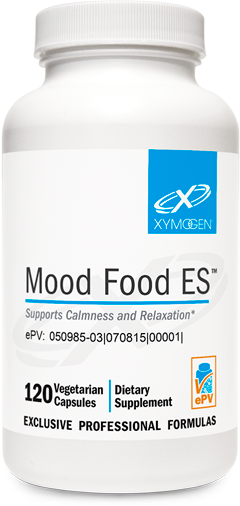
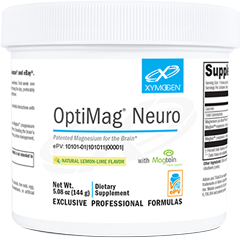
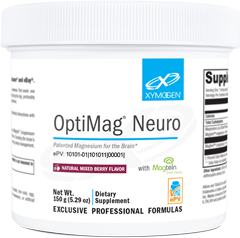
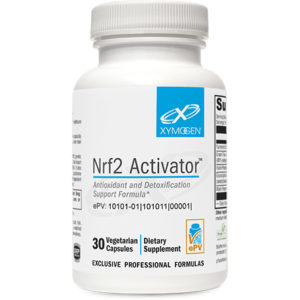
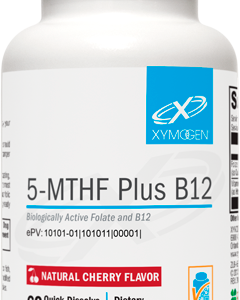
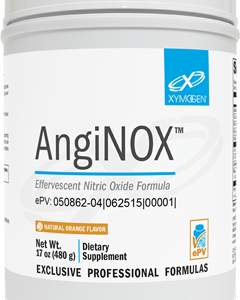
Reviews
There are no reviews yet.